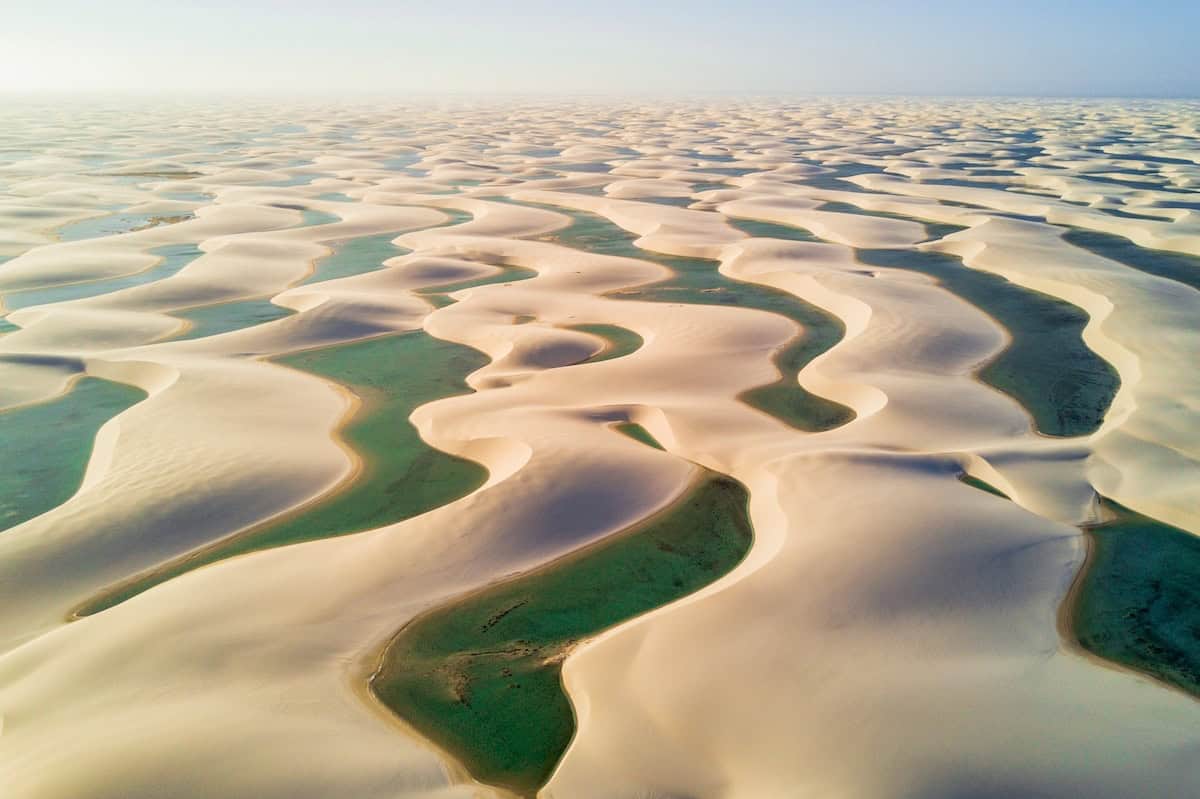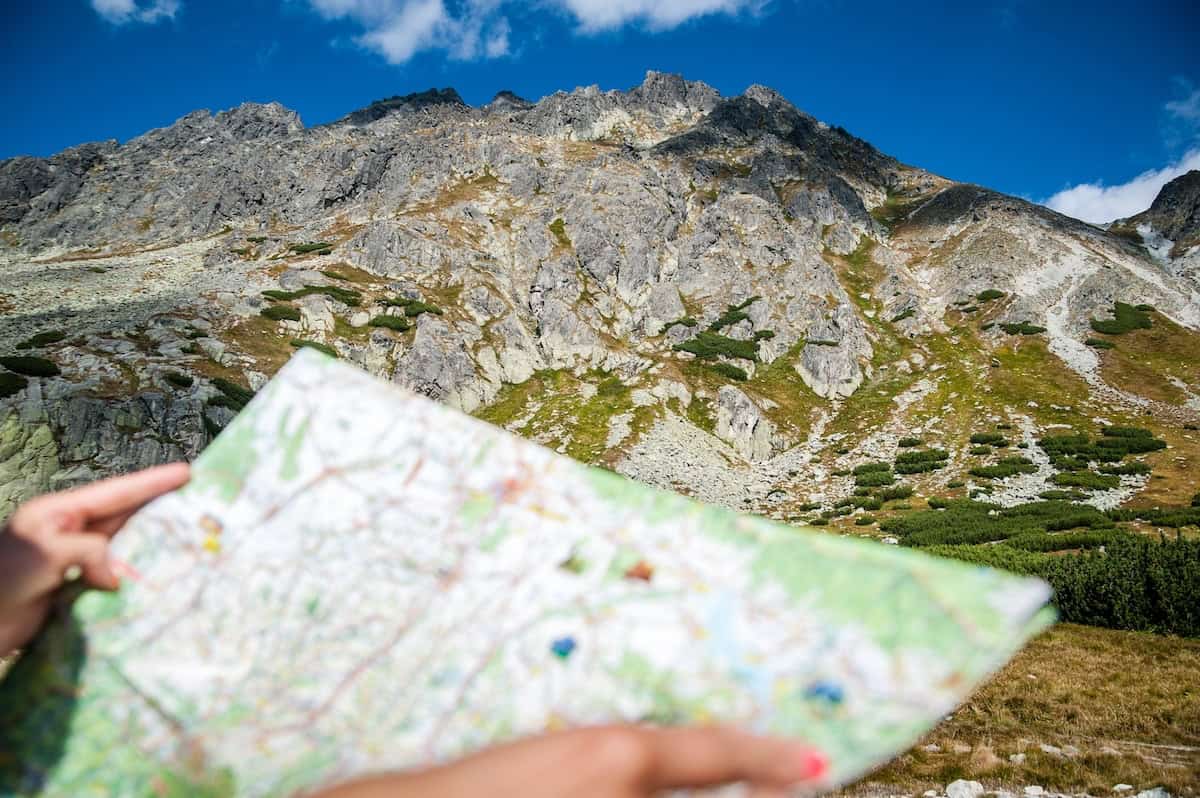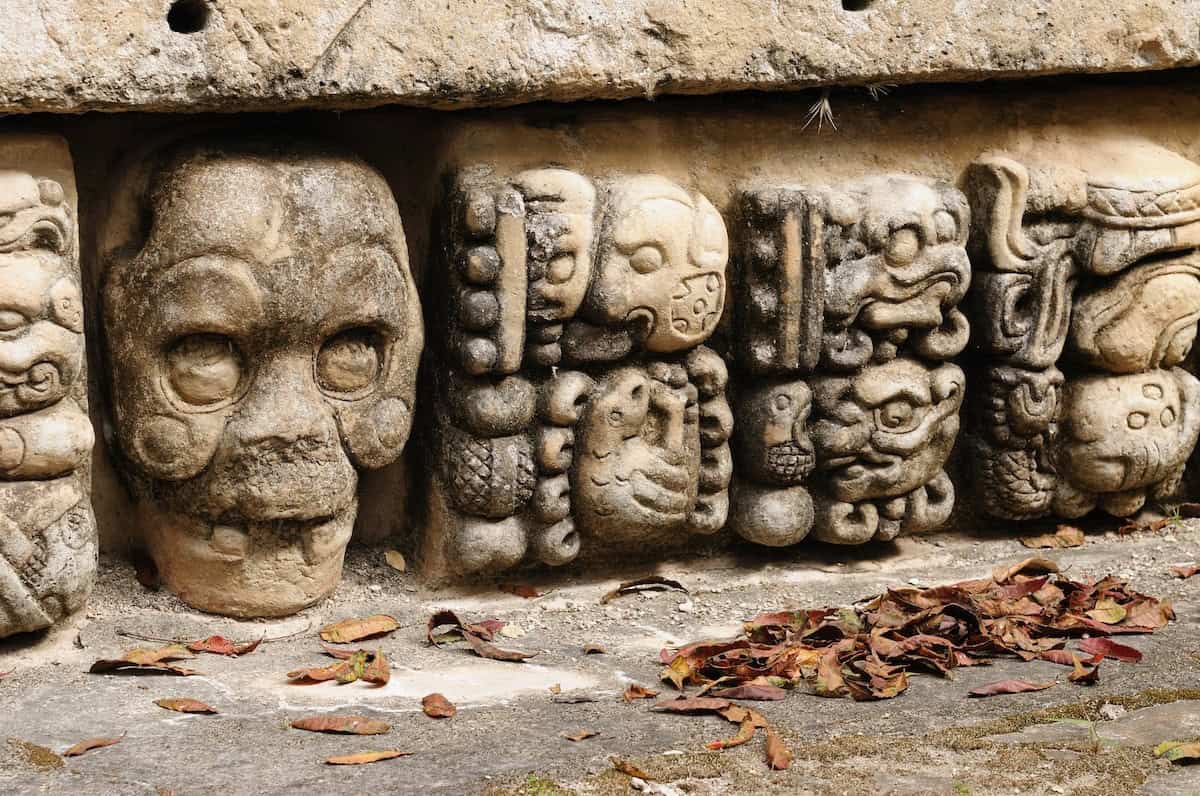You’ve dreamed of delving into the Amazon to spy macaws, spotting jaguar in the Pantanal or hiking the trails around the jagged spires of Torres del Paine – now discover a roster of less-well-known retreats.
Swing with titi monkeys in Bolivia
In July 2019, the vast new Rhukanrhuka protected area was created near Reyes in north-western Bolivia – spanning some 859,451 hectares, it’s nearly as large as Yellowstone in the US, and will help conserve a range of endangered species and their habitats. Encompassing tropical rainforest, rivers and natural grasslands, this new area hosts such rare creatures as Ollallae´s and Beni titi monkeys – both endemic and endangered, and known as Rhukanrhuka in the local Maropa indigenous dialect – plus wattled curassow and Bolivian pink river dolphin. Plans for developing ecotourism to benefit both wildlfie and local communities are in progress as of 2019. In the meantime, you might spot many of the same species, including rare titi monkeys, river otters and some 1100 bird species, in nearby Madidi National Park, one of the most biodiverse places on the planet.
Meet Paddington in Peru
There’s no marmalade or duffle coat to be seen – but you can meet Paddington’s wild cousin, the spectacled bear, in its natural habitat in Chaparrí Private Reserve east of Chiclayo in north-western Peru. Classified as vulnerable, due to extensive loss of the species’ Andean habitat, probably fewer than 10,000 adult spectacled bears survive, with the largest remaining population in Peru. Wander the reserve’s trails among striated mountains where eagles, vultures and Andean condors soar, and you might also spot endangered white-winged guan – like a slender, pink-throated turkey. Long protected here, wild bears are seen with reasonable frequency: watch for that characteristic pale facial marking, which varies from a minimal T shape to full-on specs. An encounter is guaranteed at the reserve’s rescue centre, where injured bears are rehabilitated in semi-wild enclosures. September is peak month for bear sightings
Watch nesting turtles in Guyana
Guyana’s natural riches draw wildlife-watchers to places such as Iwokrama, Rupununi and Kaieteur Falls to see river otters, cock-of-the-rock and harpy eagles. But in the far north, on one of the least-developed parts of the South American coast, Shell Beach is an isolated 150km stretch of beach that lures other visitors: turtles – from no fewer than four vulnerable or endangered species. Between March and August, female leatherback, olive ridley, hawksbill and green turtles haul themselves ashore to each lay around 100 eggs, which hatch about two months later, releasing throngs of tiny turtles that dash for the safety of the Atlantic. Shell Beach, which actually comprises nine individual sections, is sparsely inhabited and challenging to reach – best join a guided tour from Guyana’s capital, Georgetown, and be prepared for a long journey by road and boat.
Lose yourself amid vast dunes in Brazil
The story behind the name of 1550 sq km Lençóis Maranhenses National Park (pictured above) is curious: its immense expanses of dunes apparently look like lençóis (bedsheets). Regardless of the moniker, this range of sand mountains is an astonishing landscape, stretching 70km along the coast and some 50km inland in Brazil’s far north-east. Most picturesque from May to September, when rain creates thousands of pellucid pools between the dunes, the park encompasses a number of other habitats including beaches and mangroves, where you might spot turtles, manatee, wildcat and rare birds such as guará. Tour operators offer 4WD excursions through the dunes, on which you can swim in the tempting pools.
Snorkel with starfish in Colombia
The world’s third-largest barrier reef lies off the east coast of Nicaragua, though the main islands – the San Andrés and Providencia archipelago, surrounded by the Seaflower Biosphere Reserve – actually belong to Colombia. There are several dive shops dotted around the two islands offering huge choice for exploring this underwater wonderland. Lying 80km north-northeast of San Andrés, and commonly called Old Providence, Providencia is a mountainous island of volcanic origin, with Old Providence McBean Lagoon National Natural Park at its north-east, protecting mangroves and dry forest as well as coral reefs. Don your mask and snorkel to fin around sites including the waters around Santa Catalina, where there are many caves to explore as well as Morgan’s Head and lots of starfish; Hippie’s Place, which has a little bit of everything; and El Faro (The Lighthouse), the end of the reef before it drops into deep sea. Look out for turtles, barracuda, sharks and dozens of starfish.










